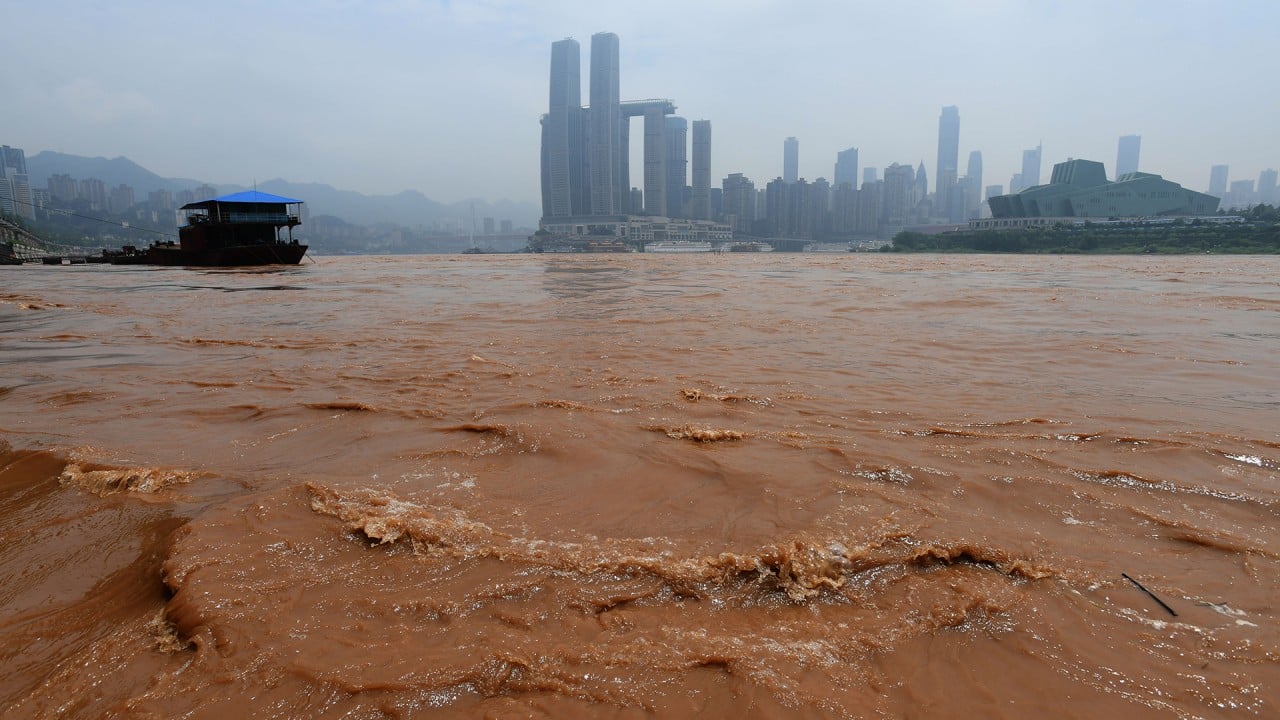
China puts upper Yellow River dam plans on the fast track with feasibility study
- Heishanxia water conservancy project on the Gansu and Ningxia provincial border will include the 2.6 gigawatt Daliushu hydropower station
- Project is part of planned westward extension of China’s south-north water diversion network, which has sparked ecological and displacement concerns
The Heishanxia water conservancy project, to be built at the border of the Gansu and Ningxia provinces in northern China, would include the 2.6 gigawatt Daliushu hydropower station, the latest dam on what China calls its “mother river”.
Local authorities say it will bring benefits such as stable water supply and blocking silt that might raise the river bed and increase flood risks, aside from boosting the electricity supply.
Northwest China on water alert as Yellow River supplies run low
However, it also risks submerging 6,400 hectares (15,814 acres) of arable land and forcing out 73,000 local residents, all for an installed power generation capacity of about one-tenth that of the Three Gorges dam on the Yangtze – China’s longest river spanning six provinces and a major domestic shipping route.
A feasibility study for the project is currently under way, state-affiliated digital daily The Paper reported, citing information from the Ministry of Water Resources.
Heishanxia, or Black Mountain Gorge, is seen as a key stop on the western route of China’s South-North Water Diversion Project, which aims to channel billions of cubic metres of water annually from the Yangtze River to the country’s northern regions.
Phase one construction is already complete for the eastern water diversion route, largely moving along the Grand Canal – an ancient waterway linking the eastern city of Hangzhou to the capital Beijing in the north.
A 1,432km (890 mile) initial stretch for a central route has also been built.
The western route has yet to be finalised, but it is believed to start from three tributaries of the Yangtze River near the Bayan Har Mountains in northwestern Qinghai province and pass through neighbouring Gansu, Shaanxi, Shanxi, Inner Mongolia and Ningxia.
Early stage work on the western route has been included in the 2023 government agenda for deliberation, The Paper said.
Jia Xiaoming, chief engineer of the Gansu provincial water resources department, said that the feasibility report will assess 15 aspects of the Heishanxia project, including land acquisition, relocation of villagers, soil and water conservation, environmental impact and social stability factors.
The report is expected to be delivered to the water resources ministry by the end of August. It would then need to be approved by the National Development and Reform Commission, the Ministry of Ecology and Environment, and other ministries.
“It may take three to five years to start construction,” Jia told The Paper.
Hydropower stations have now spread across China’s major rivers, aiming for both power generation and flood control.
But the large-scale development of the Yellow River has sparked controversy, mainly over concerns regarding the ecological impact and population displacement.
Who’s to blame for 10 times more flooding in China’s Yellow River?
Approval procedures of such infrastructure projects tend to be symbolic in China because the top leaders in Beijing have the final say.
The governments of both Gansu and the Ningxia Hui autonomous region released a circular in late April, banning new investment projects and population inflows in the planned construction region.
The project will affect three townships and seven villages in Ningxia, and government agencies will soon assess how many people, their properties and farmlands are likely to be affected.
“Compensation for land and resettlement will be carried out in accordance with the State Council regulations and relevant laws,” the government circular said, referring to China’s central cabinet.
China launched 47 new water projects last year, with total investment rising 44 per cent to 1.09 trillion yuan (US$157.7 billion), beating the record set in 2021.
The figure has continued to grow, with a year on year rise of more than 76 per cent to 189.8 billion yuan in the first quarter.


